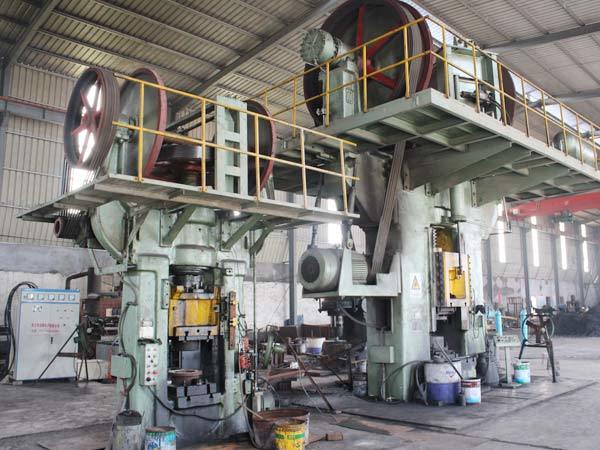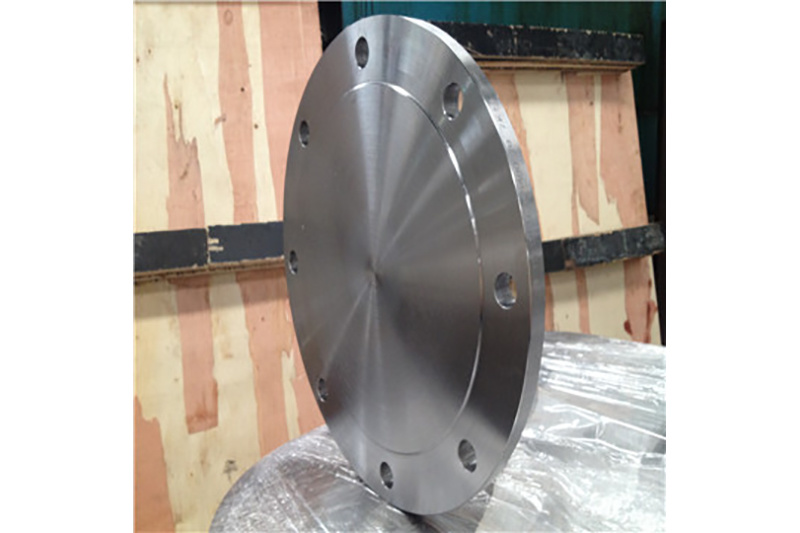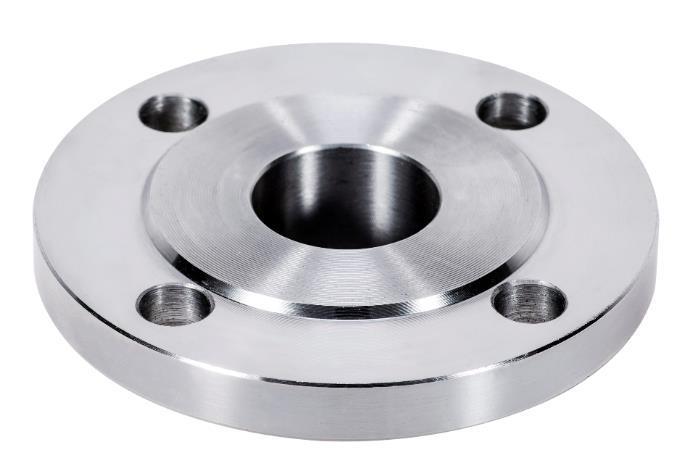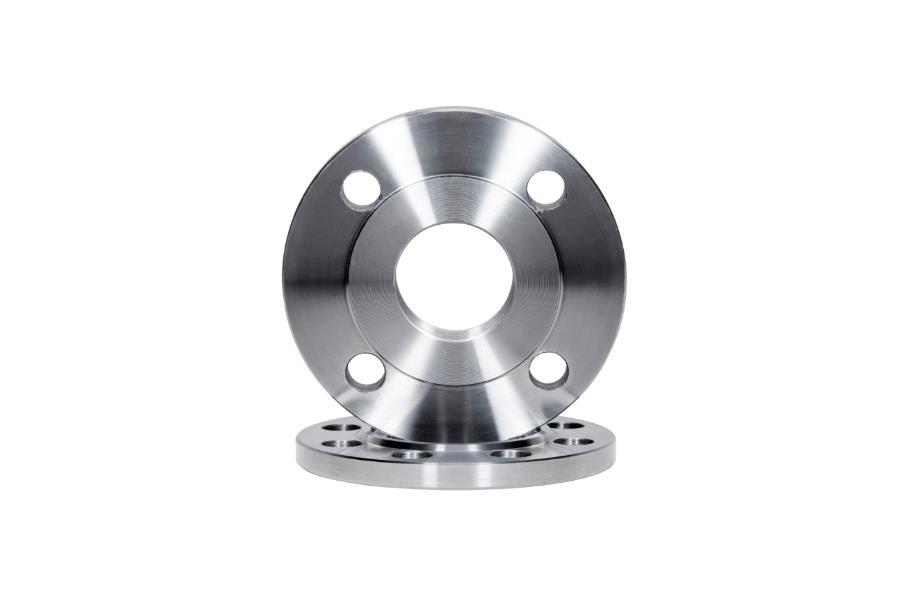Understanding Steel Industries Forgings: Key Insights for Professionals
Release time:
2025-06-21
Steel industries forgings play a crucial role in the manufacturing of high-performance components that are integral to various sectors, particularly in construction and decorative materials. Forgings are produced by shaping metal through localized compressive forces, which can be applied through hammers or presses. This manufacturing process not only improves the mechanical properties of the steel
In the context of building and decorative materials, the importance of steel forgings cannot be overstated. These materials are often utilized in structural applications such as beams, columns, and frames, where strength and durability are paramount. The forging process allows for the creation of complex shapes and sizes that can meet specific design requirements, offering flexibility and customization that are essential for modern architecture.
Another advantage of steel forgings is their superior fatigue resistance compared to other types of steel components. This characteristic is critical in construction where materials are subjected to dynamic loads and stresses over time. By opting for forgings, professionals can ensure that their projects stand the test of time, reducing the risk of failure and the need for costly repairs or replacements.
Moreover, the use of steel industries forgings allows for the integration of advanced manufacturing techniques, such as precision forging and closed-die forging. These methods not only enhance dimensional accuracy but also minimize material waste, contributing to more sustainable building practices. The ability to produce lighter yet stronger components can significantly impact the design and efficiency of construction projects.
When considering steel forgings, it is also vital to understand the importance of proper material selection. Various grades of steel can be used in forgings, each offering different properties and benefits. Professionals should assess the requirements of their specific applications—such as load-bearing capacity, environmental conditions, and aesthetic considerations—to choose the most suitable material for their needs.
In addition, collaboration with reputable suppliers who specialize in steel industries forgings can provide further advantages. Such partnerships can ensure that the materials meet industry standards and that any project-specific requirements are addressed effectively. Engaging with knowledgeable suppliers can also facilitate access to the latest innovations in forging technology, thereby enhancing the overall quality of the materials used.
In summary, steel industries forgings are a vital component in the construction and decorative materials sector. Their strength, durability, and versatility make them an ideal choice for various applications. By understanding the benefits and intricacies of forged steel, professionals can make informed decisions that lead to successful project outcomes. Emphasizing the importance of material selection and supplier collaboration will further enhance the efficacy and sustainability of construction practices.
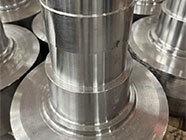
Previous
Latest developments
Understanding Steel Industries Forgings: Key Insights for Professionals
Steel industries forgings play a crucial role in the manufacturing of high-performance components that are integral to various sectors, particularly in construction and decorative materials. Forgings are produced by shaping metal through localized compressive forces, which can be applied through hammers or presses. This manufacturing process not only improves the mechanical properties of the steel
The Role of Forging in Enhancing Stainless Steel Properties: An In-Depth Exploration
The Role of Forging in Enhancing Stainless Steel Properties Table of Contents 1. Introduction to Stainless Steel and Forging 2. Overview of Forging Techniques 3. The Impact of Forging on Stainless Steel Properties 3.1 Enhancing Mechanical Strength 3.2 Improving Corrosion Resistance 3.3 Increasing Ductility and Toughness 4. Types of Forged Stainless Steel 5. Applications of Forged
The Connection Between Japanese Standard Flanges and Sustainable Construction
The Connection Between Japanese Standard Flanges and Sustainable Construction Table of Contents 1. Understanding Japanese Standard Flanges 2. The Importance of Sustainable Construction 3. Key Features of Japanese Standard Flanges 3.1 Material Composition and Environmental Impact 3.2 Precision Engineering and Quality Assurance 4. How Japanese Standard Flanges Promote Sustainability 4.1 Energy Effic
Understanding American Standard Flanges: Essential Components in Construction and Decoration
American standard flanges are integral fittings used to connect two sections of piping or to connect piping to other components such as valves and pumps. Their design complies with specific standards established by the American National Standards Institute (ANSI), ensuring compatibility and reliability across various applications. These flanges are widely utilized in plumbing, heating, and various
Threaded Flanges vs. Welded Flanges: Which Is Better for Your Needs?
Threaded Flanges vs. Welded Flanges: Which Is Better for Your Needs? When it comes to piping systems, the choice between threaded flanges and welded flanges can greatly influence the performance, durability, and overall quality of your installations. Understanding the characteristics of each type can help you make an informed decision tailored to your specific requirements. In this article, we wil
Understanding Flanged Connections in Construction and Decor Materials
Flanged connections are mechanical joints that consist of two flanges, bolted together to create a tight seal. These connections are essential in the construction and decorative materials industry, especially in plumbing and piping systems where fluid transport is critical. The choice of flanged connections can significantly affect the integrity and efficiency of piping systems, making it vital fo



